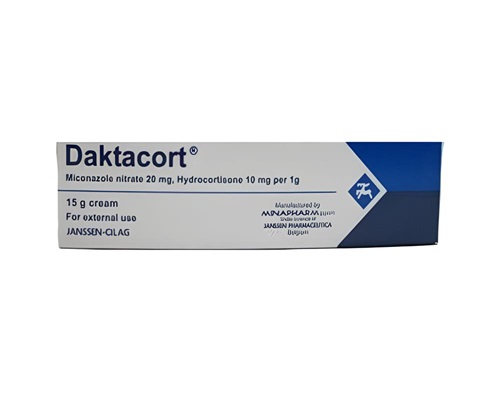Description
Trade name:
Borgasone
Compound:
Every 100 g of lotion contains:
Mometasone furoate 0.1 g
Properties:
GCS for external use. Has anti-inflammatory, antipruritic and antiexudative effects. Corticosteroids induce the release of proteins that inhibit phospholipase A2, known collectively as lipocortins, which control the biosynthesis of inflammatory mediators such as prostaglandins and leukotrienes by inhibiting the release of their common precursor, arachidonic acid.
Indications:
Inflammatory reactions and itching in dermatoses that respond to corticosteroid therapy.
Method of administration and dosage:
Apply to damaged areas of skin with massage movements once a day.
Borazon lotion is applied to the scalp once a day.
Children 2 years of age and older:
The dosage regimen is set individually, depending on the indications, the patient’s age, and the dosage form used.
The drug is not recommended for use in children under 2 years of age.
Contraindications:
Hypersensitivity to mometasone; rosacea; perioral dermatitis; bacterial, viral (Herpes simplex, Нerpes zoster, chickenpox), fungal skin infection; tuberculosis; syphilis; post-vaccination reactions; pregnancy (use on large areas of skin, long-term treatment); lactation period (use in high doses and/or for a long time); children under 2 years of age.
Caution should be exercised when applying to facial and intertriginous skin, using occlusive dressings, and when using on large areas of skin and/or for long periods of time (especially in children).
Precautions:
When applied to large areas of skin over a long period of time, especially when using occlusive dressings, systemic effects of GCS may develop. Given this, patients should be monitored for signs of hypothalamic-pituitary-adrenal system suppression and the development of Cushing’s syndrome.
It should be taken into account that GCS can change the manifestations of some skin diseases, which can complicate diagnosis. In addition, the use of GCS can cause delayed wound healing.
With long-term GCS therapy, sudden discontinuation of therapy may result in the development of rebound syndrome, manifested in the form of dermatitis with intense reddening of the skin and a burning sensation. Therefore, after a long course of treatment, the drug should be discontinued gradually, for example, by switching to an intermittent regimen before completely stopping it.
Any of the side effects described with systemic use of GCS, including adrenal suppression, may also occur with topical use, especially in children.
Use in pediatrics:
Because children have a higher surface area to body mass ratio than adults, children are at greater risk of hypothalamic-pituitary-adrenal axis suppression and Cushing’s syndrome when using any topical GCS. Long-term use of GCS in children may result in growth and developmental impairment.
In children, the minimum effective dose should be used.
Side effects:
Infections and infestations: rare – folliculitis, secondary infection.
From the skin and subcutaneous tissues: rarely – irritation and dryness of the skin, burning sensation, itching, hypertrichosis, acne, hypopigmentation, perioral dermatitis, allergic contact dermatitis, secondary infection, skin maceration, signs of skin atrophy, striae, prickly heat, formation of papules, pustules.
From the nervous system: frequency not established – paresthesia.
When topical corticosteroids are used for long periods of time and/or to treat large areas of skin or when occlusive dressings are used, especially in children and adolescents, side effects typical of systemic corticosteroids may occur, including adrenal insufficiency and Cushing’s syndrome.
Storage method:
Store at a temperature not exceeding 30 degrees. In a dry place.
Package:
The cardboard box contains a 20 ml plastic bottle and paper instructions.









